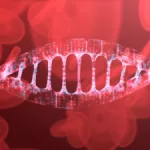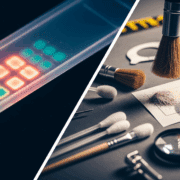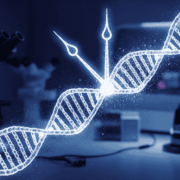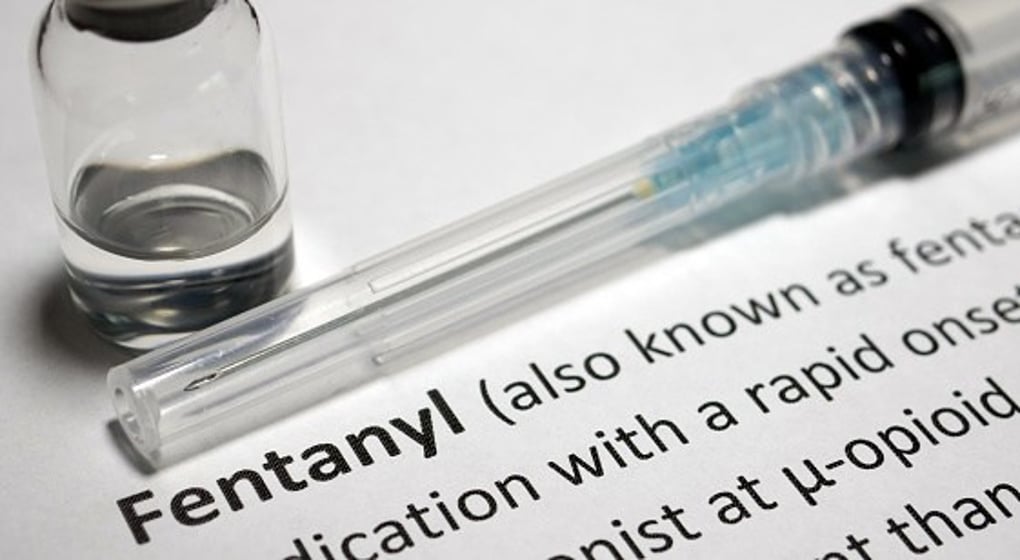In forensic toxicology, one of the most persistent challenges isn’t just detecting drugs, but ensuring the samples themselves haven’t been tampered with. Individuals facing drug and abstinence tests will often go to great lengths to adulterate their samples through dilution, substitution, or chemical modification. This can conceal the presence of a substance and lead to an inaccurate negative result. A new study, published in Analytical Chemistry, takes on this challenge with a novel approach. By using proteomics to analyze the tiny proteins and peptides in hair and urine, researchers have found a way to identify specific biomarkers that are indicative of adulteration, laying the groundwork for a more robust method of sample authenticationVerifying the identity of a user, process, or device, often as a prerequisite to allowing access to resources in an information system. Read Full Definition.
Drug Testing: The Problem of Adulteration
For anyone in a safety-sensitive role, such as in the military or certain workplaces, drug testing is a critical part of ensuring public safety. While methods for detecting drugs of abuse (DoAs) have become highly sophisticated, so have the methods for defeating them. Individuals often attempt to manipulate their samples to fall below the cutoff concentration or completely “remove” the drugs. Common strategies include diluting urine samples with water or using commercially available adulterants to alter the sample chemically. This presents a major obstacle for forensic toxicology, as analysts must constantly adapt to stay one step ahead of these manipulation attempts.
The Research: Uncovering Adulteration with Proteomics
This study aimed to determine if a proteomics approach could be used to identify biomarkers that are specific to adulteration, with a focus on oxidative treatment using hydrogen peroxide (H2O2) as a common adulterant.
Methodology: Oxidative Treatment and LC-MS/MS Analysis
Researchers collected authentic human urine and hair samples from healthy volunteers. Each sample type was divided into untreated (native) and treated cohorts. For the treated cohorts, samples were exposed to various concentrations of hydrogen peroxide. The samples then underwent a “bottom-up” proteomics analysis using liquid chromatography coupled with high-resolution tandem mass spectrometry (LC-HR-MS/MS). This advanced technique breaks down proteins into their constituent peptides and measures their mass-to-charge ratios with high precision. This allows for the identification of not only the peptides themselves, but also any chemical modifications, such as oxidation.
Key Findings: Candidate Peptide Biomarkers
The analysis revealed distinct and promising results for both urine and hair samples
The Future of Sample Integrity
This study marks an important step forward in the fight against sample adulteration. It provides a new and highly promising tool for forensic and clinical toxicologists, and it highlights the power of modern analytical chemistry.
Why Proteomics is a Better Approach
Previous attempts to detect adulteration often focused on small molecules, which can be difficult to identify with certainty and are more susceptible to being fooled by the clever addition of an adulterant. The proteomics approach, however, offers a much more robust solution. By identifying specific, non-physiological peptides and their modifications, this method provides undeniable evidence Evidence is any form of proof, such as objects, materials, or scientific findings, presented to establish or disprove a fact in a legal proceeding. It is used to reconstruct events and link or exclude individuals Read Full Definition of chemical manipulation. This shifts the focus from simply looking for a “masking agent” to identifying the fundamental chemical signature left behind by the adulteration process itself. This provides a much higher degree of certainty, which is essential for evidence used in legal settings.
Evidence is any form of proof, such as objects, materials, or scientific findings, presented to establish or disprove a fact in a legal proceeding. It is used to reconstruct events and link or exclude individuals Read Full Definition of chemical manipulation. This shifts the focus from simply looking for a “masking agent” to identifying the fundamental chemical signature left behind by the adulteration process itself. This provides a much higher degree of certainty, which is essential for evidence used in legal settings.
The Need for Standardization
While the findings are a strong proof-of-concept, the researchers correctly note that more work is needed. To move this from a research project to a routine forensic tool, the methodology must be standardized. This includes further validationValidation, often referred to as method validation, is a crucial process in the laboratory when introducing a new machine, technology, or analytical technique. It involves a series of systematic steps and assessments to ensure that Read Full Definition to understand how factors like hair type, color, and pre-existing medical conditions might influence the results. The goal is to develop a robust, targeted method that can be easily integrated into existing lab workflows.
My Perspective: Beyond the “Grey Area”
This research resonates with the ongoing challenges in forensic genetics, particularly when dealing with complex or compromised samples. In a similar vein to how we work with degraded and low-quantity DNA DNA, or Deoxyribonucleic Acid, is the genetic material found in cells, composed of a double helix structure. It serves as the genetic blueprint for all living organisms. Read Full Definition in my area of interest, forensic toxicology needs to move beyond the “grey area” of an ambiguous result. A manipulated sample is an unreliable sample, and this research gives us a scientifically sound way to identify it. This pursuit of precision and integrity is what separates robust forensic science
DNA, or Deoxyribonucleic Acid, is the genetic material found in cells, composed of a double helix structure. It serves as the genetic blueprint for all living organisms. Read Full Definition in my area of interest, forensic toxicology needs to move beyond the “grey area” of an ambiguous result. A manipulated sample is an unreliable sample, and this research gives us a scientifically sound way to identify it. This pursuit of precision and integrity is what separates robust forensic science Discover the fascinating field of Forensic Science, the application of scientific principles to legal matters. This post delves into its many disciplines, from DNA analysis to crime scene investigation, its importance in the justice system, Read Full Definition from unreliable guesswork, and this study is a valuable contribution to that ongoing effort.
Discover the fascinating field of Forensic Science, the application of scientific principles to legal matters. This post delves into its many disciplines, from DNA analysis to crime scene investigation, its importance in the justice system, Read Full Definition from unreliable guesswork, and this study is a valuable contribution to that ongoing effort.
Conclusion
This proof-of-concept study demonstrates the immense potential of a proteomics workflow for detecting chemical adulteration in urine and hair samples. By leveraging the power of LC-HR-MS/MS to identify specific peptide biomarkers of oxidative damage, this research offers a highly confident and reliable method to verify sample integrity. These findings lay the groundwork for developing a standardized protocol that can be integrated into routine forensic toxicology and drug testing, ensuring that the results are not only accurate but also resistant to sophisticated attempts at manipulation.
Original Research Paper
Schneider, T. D., Binz, T. M., Kraemer, T., & Steuer, A. E. (2025). New Approaches To Identify Urine and Hair Adulteration Attempts in Forensic Toxicology: A Proof-of-Concept Study Using a Proteomics Approach Based on Liquid Chromatography–Mass Spectrometry (LC-MS). Analytical Chemistry, 1-13. https://doi.org/10.1021/acs.analchem.5c03096











